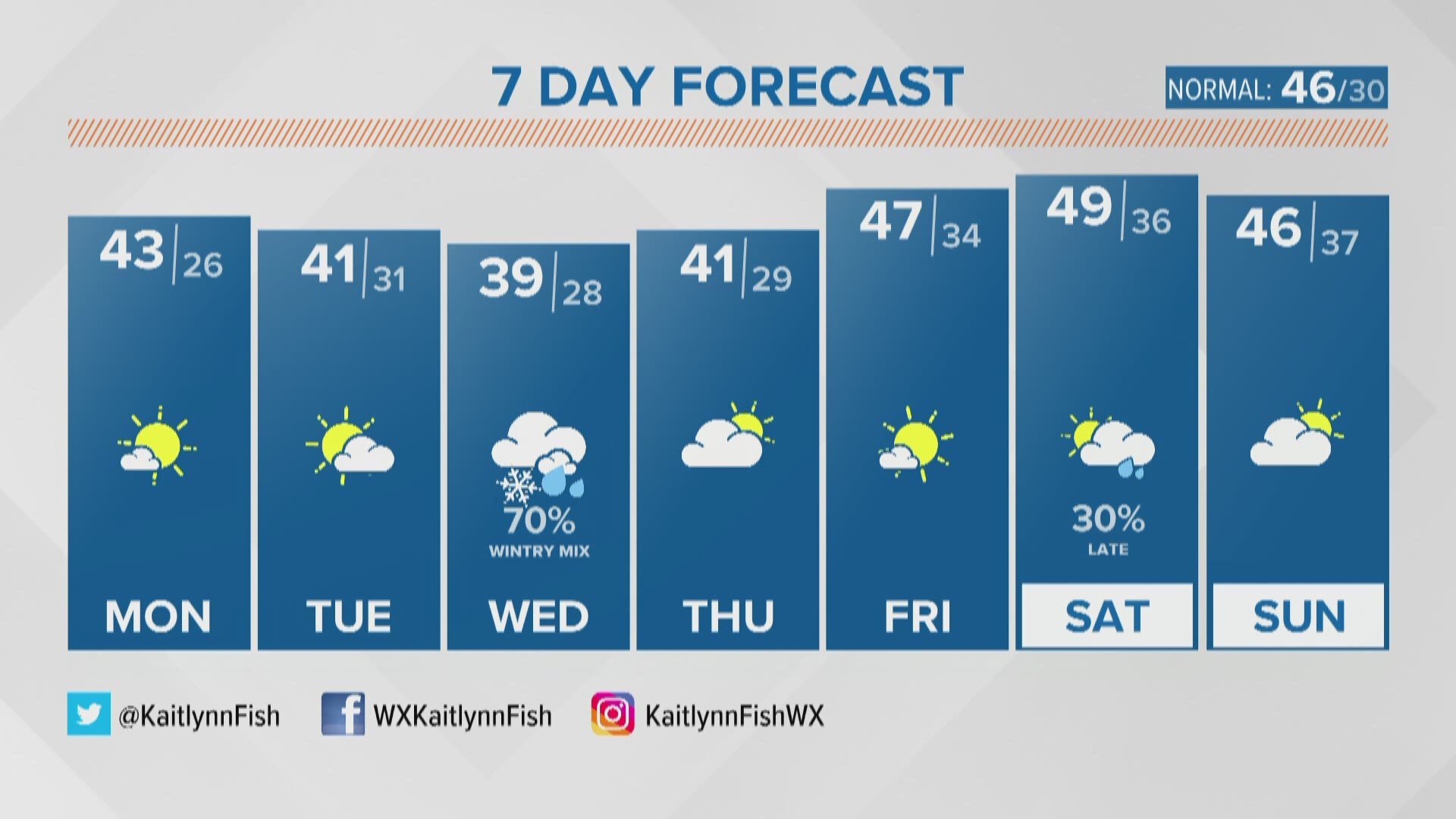LOUISVILLE, Ky. — When asked about what the universe looks like, you may not realize it, but you're probably picturing images from the Hubble telescope. Hubble has inspired scientists and the public alike with its views of the universe for more than a generation. This year, Hubble celebrated its 30th anniversary, and to commemorate, NASA is releasing a collection of more than 50 newly processed images from its archives.
Dr. Kenneth Carpenter is the Hubble Operations Project Scientist at NASA and tells us how it happened. He says "First of all we went to the Caldwell catalog because we know there are good objects in there and then we wanted to make sure they were spread all around the sky - both Northern and Southern hemisphere - and some Winter some Summer constellations so that no matter where you are on the Earth, no matter what time of year you could see some of them."
Hubble has taken more than 1.4 million observations over the last 30 years. The newly released images feature 30 star clusters, nebulae, and galaxies.
Carpenter says "One of the remarkable things about Hubble is that it was designed for a 15 year mission and its gone double that which is pretty impressive performance for really anything. Part of that is because things were built very well, but the other part that is very important is that we were able to service Hubble over the years"
He also explains "Every 3 to 5 years we would go up - sort of like tune up your car - its the same kind of thing... switch batteries, giroscopes, solar rays to get power and importantly we would change out a couple of science instruments - replace old ones with new ones and that kept Hubble on the edge - the leading edge of science".
Most of the objects in the new images can be seen with a backyard telescope, some even with binoculars or the naked eye. Follow Hubble on Twitter @NASAHubble and you can see where the telescope is pointing in real time.

